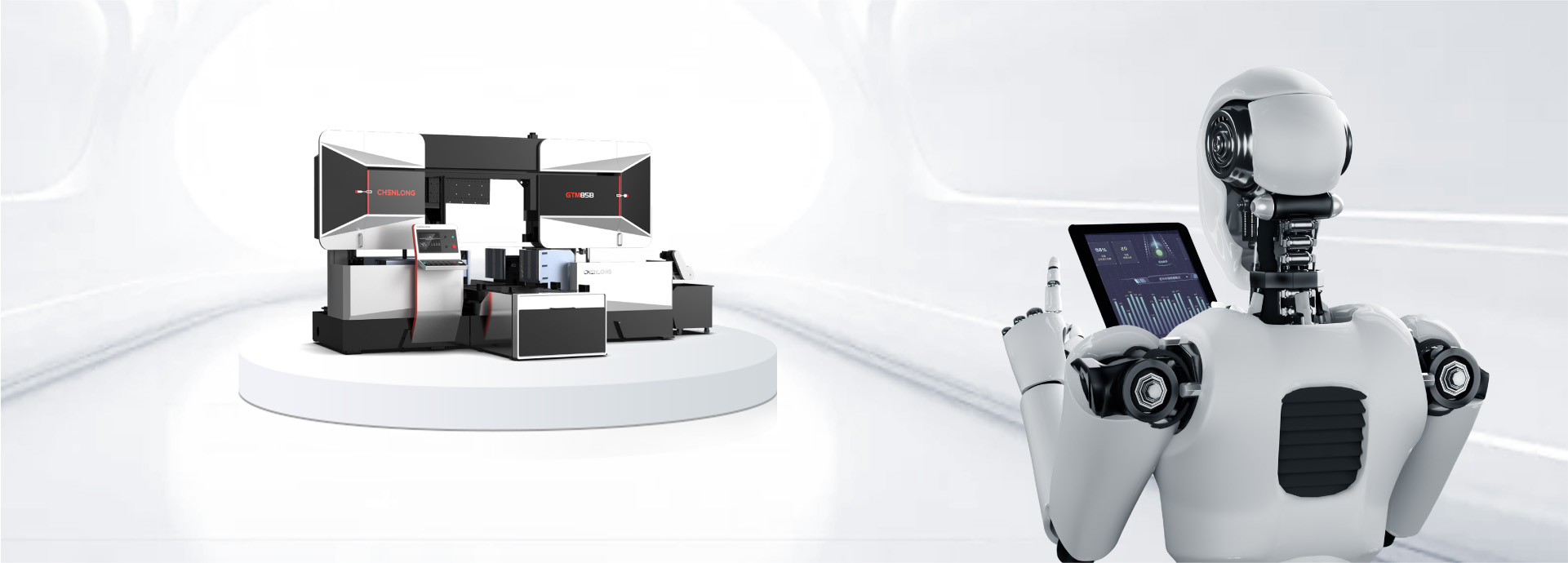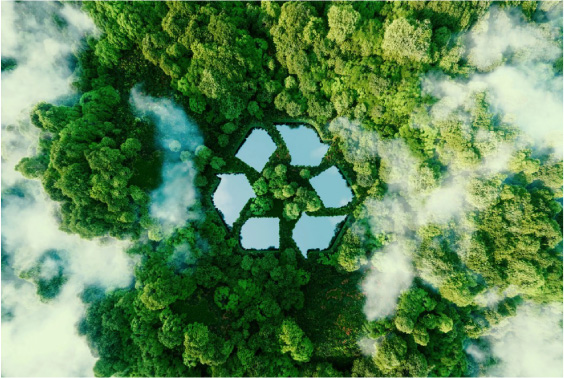Resource saving machine tools
We continuously improve the energy efficiency of Chenlong machine tools and save over 30% energy. For example, using energy-saving components such as LED lights, high-efficiency coolers, IoT detection, adaptive feed control, or advanced energy monitoring functions. We also maximize the service life of sawing machines and minimize waste rates through deep technology integration and high-quality, high-precision machine tools, further improving resource efficiency. With comprehensive automation and solution support, our machine tools can work 24 hours a day, achieving higher production efficiency and further saving customer resources.

Green Factory
We create green factories and constantly explore and apply new environmental protection technologies and management methods. Increase research and development investment, cooperate with scientific research institutions, and introduce advanced production technology and equipment. For example, companies may develop new water treatment technologies to reduce wastewater discharge, Not only does it solve environmental problems, but it may also obtain technology patents, bringing new economic growth points to enterprises.

Reducing pollution emissions
Air pollution reduction: By adopting clean energy, optimizing production processes, and installing waste gas treatment equipment, measures are taken to reduce exhaust emissions and lower the concentration of pollutants in the atmosphere. For example, in the chemical industry, advanced waste gas treatment technologies can effectively remove harmful substances such as sulfur dioxide, nitrogen oxides, and volatile organic compounds from waste gas, improving air quality.
Water pollution prevention and control: Strengthen wastewater treatment and reuse, and reduce the pollution of water bodies caused by wastewater discharge. Enterprises can construct sewage treatment facilities to deeply treat production wastewater to meet discharge standards or reuse requirements
Solid waste management: Reasonably dispose of solid waste and reduce its harm to soil and the environment. Enterprises can classify, collect, recycle, and safely dispose of solid waste. For example, classify and recycle recyclable waste, and send it to specialized recycling and processing enterprises for further processing; For hazardous waste, qualified units are entrusted to carry out safe disposal to prevent it from causing pollution to the environment

Resource recycling and utilization
Promoting the development of circular economy: Green factories focus on the recycling of resources, and through the establishment of a circular economy model, achieve efficient utilization of resources and reduction and resource utilization of waste. For example, in the automotive manufacturing industry, companies can dismantle and recycle used cars, repair and remanufacture reusable parts, and reduce the demand for raw materials; At the same time, non reusable waste should be classified and processed to extract valuable substances, achieving maximum resource utilization.

Promote sustainable development
Demonstration and leading role: As a model of environmental protection and sustainable development, green factories provide a learning and reference example for other enterprises. Its successful experience and practices can be promoted and applied in the same industry and even other industries, driving more enterprises to join the ranks of green development and jointly promoting sustainable economic and social development. For example, a certain electronics company has achieved a significant reduction in energy consumption and waste emissions by creating a green factory. Its experience has been widely learned and imitated by other companies in the same industry, promoting the green development of the entire electronics industry.